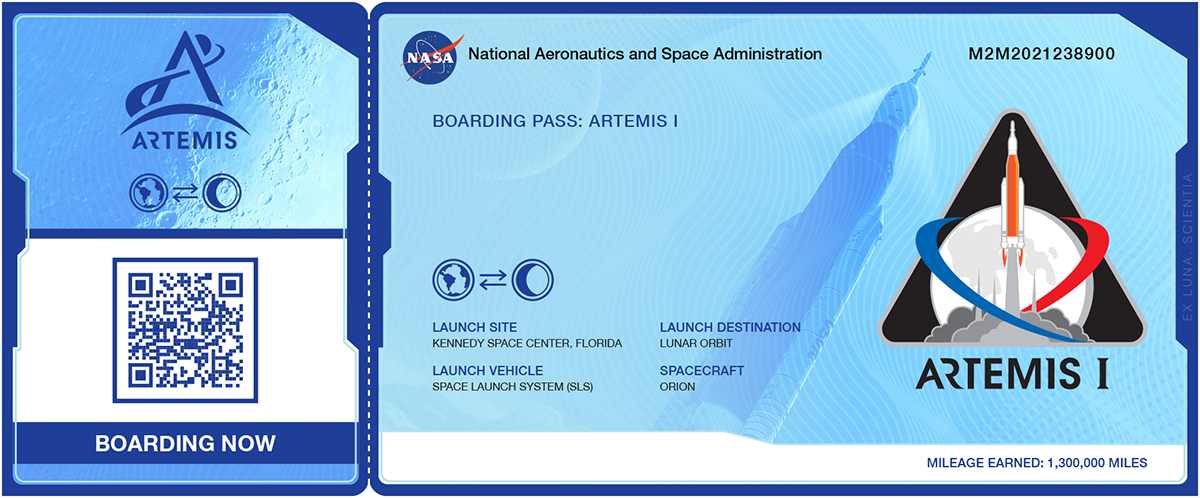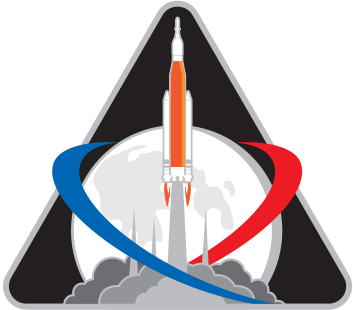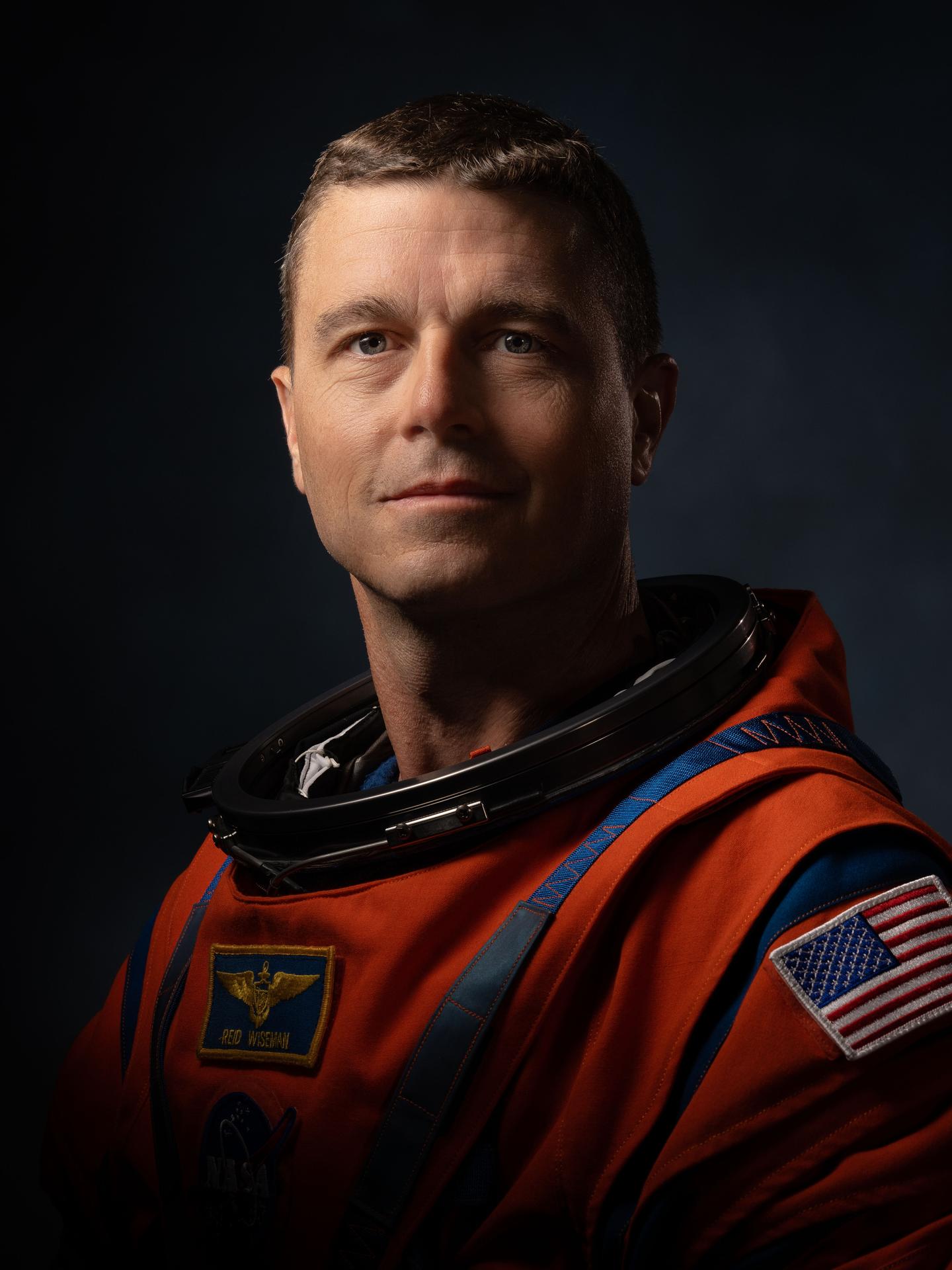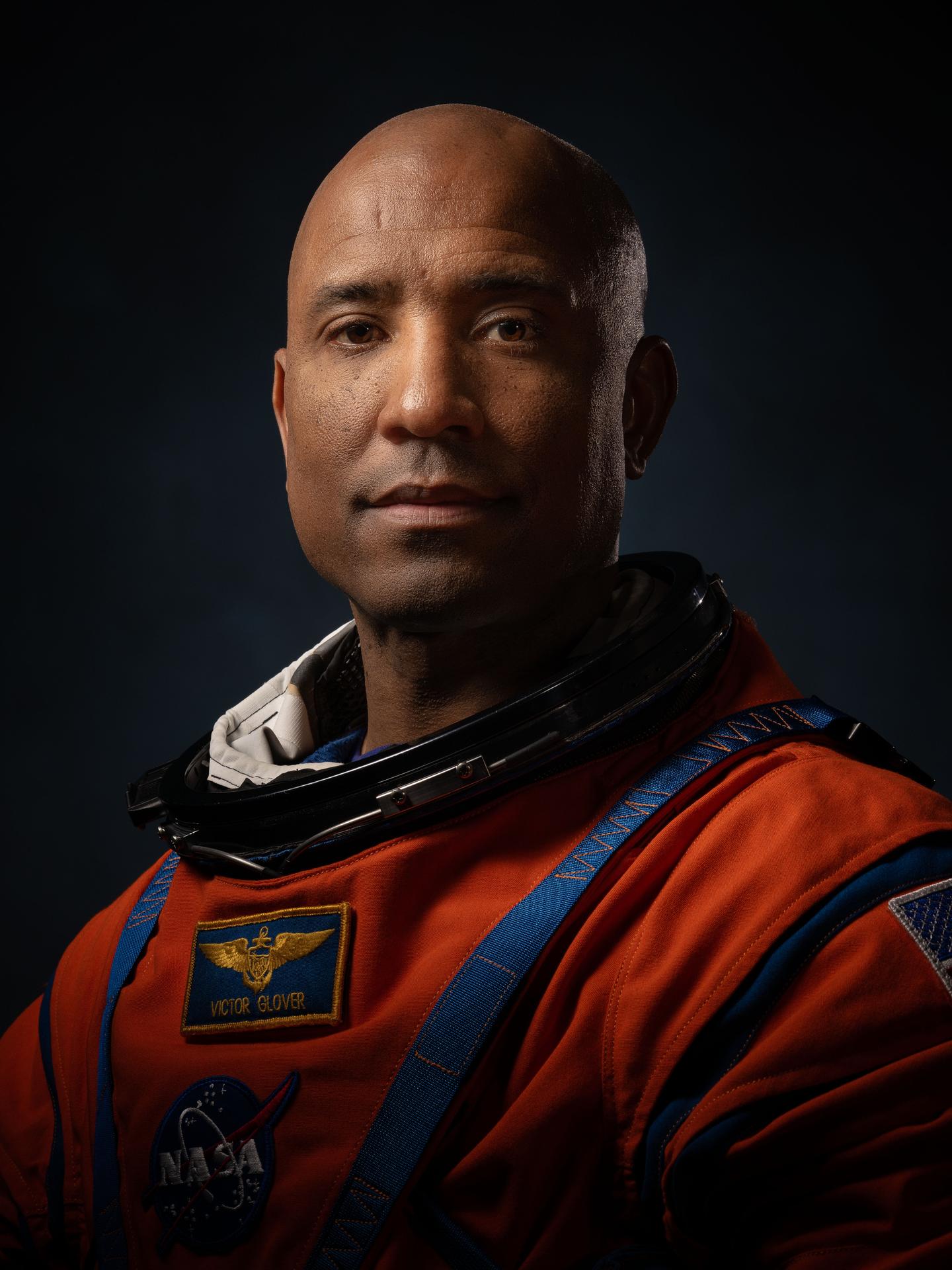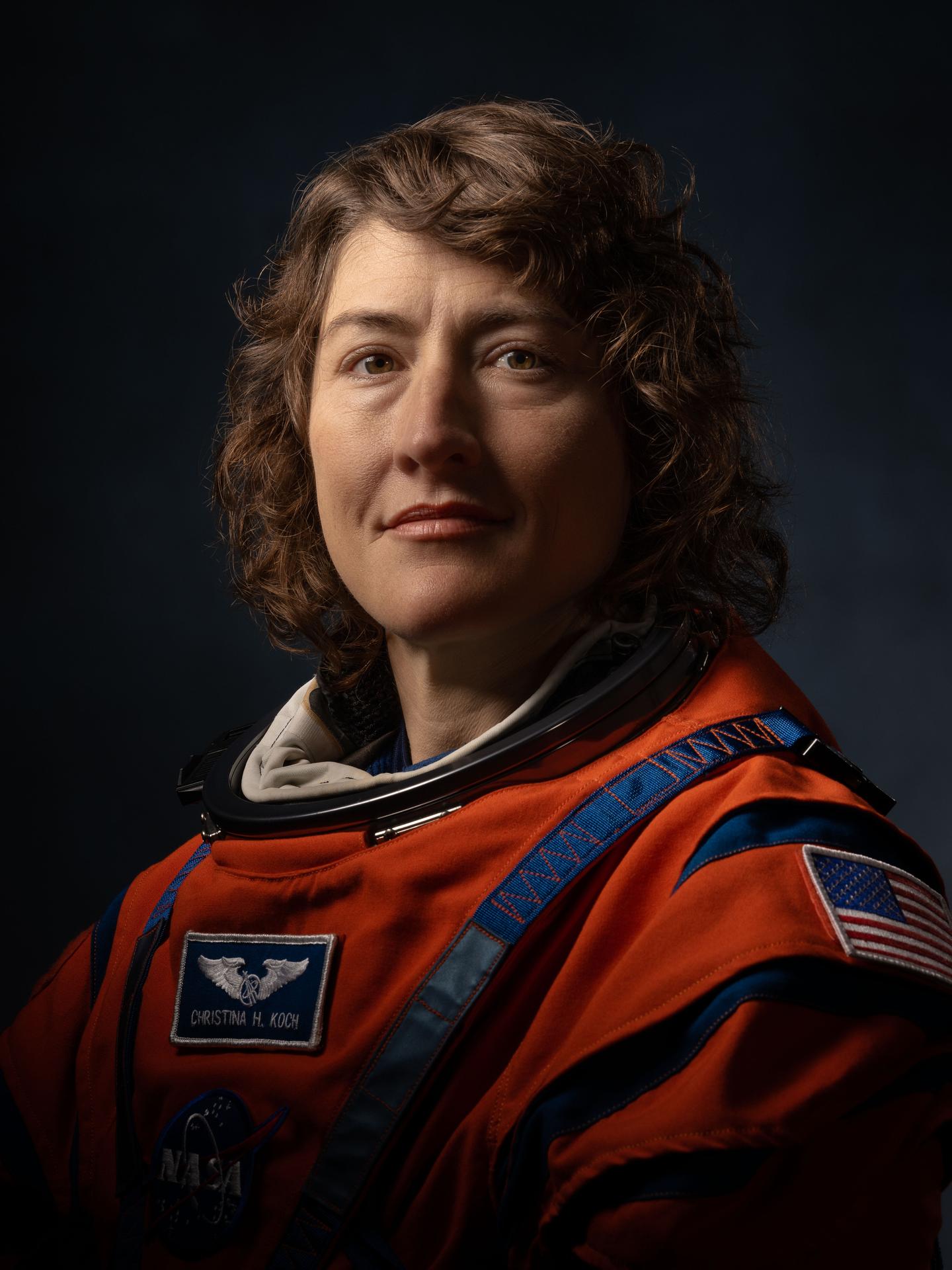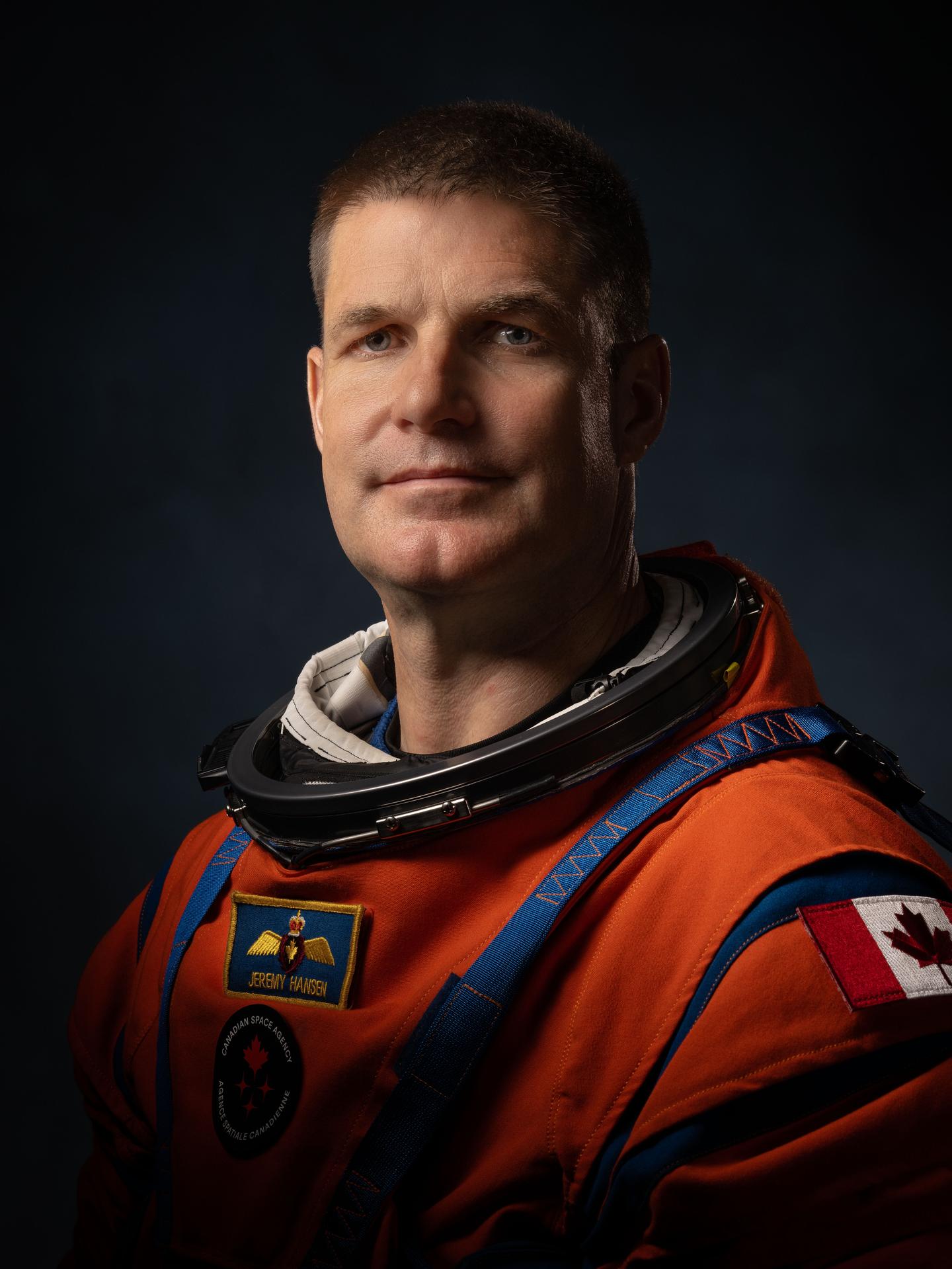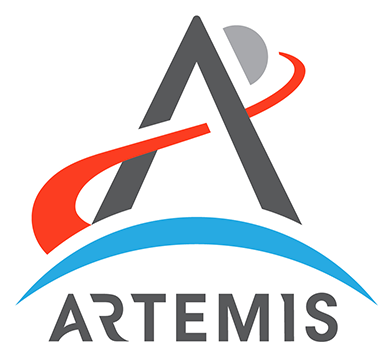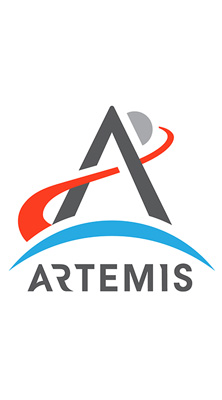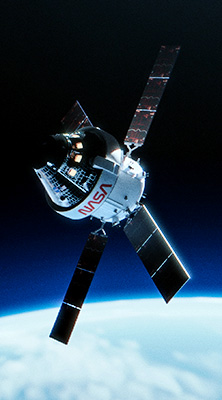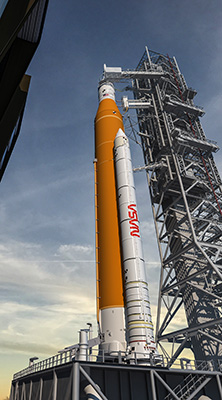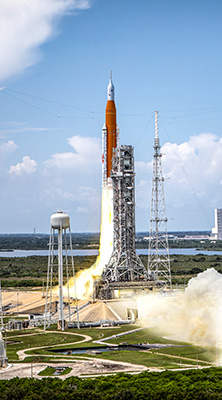Four astronauts will fly around the Moon and back on Artemis II, the first crewed flight under NASA's Artemis campaign. NASA astronauts Reid Wiseman, Victor Glover, and Christina Koch, as well as CSA (Canadian Space Agency) astronaut Jeremy Hansen will be the first humans aboard the SLS (Space Launch System) rocket, Orion spacecraft, and supporting ground systems as the crew ventures into the harsh environment of space. This flight is another step toward crewed missions to the lunar surface and helping the agency prepare for future astronaut missions to Mars.
Submitted names will be included on an SD card that will fly inside Orion when the Artemis II mission launches in 2026. Stay tuned for the latest mission updates, including information about launch at nasa.gov, or sign up for the newsletter to receive NASA updates in your inbox.





